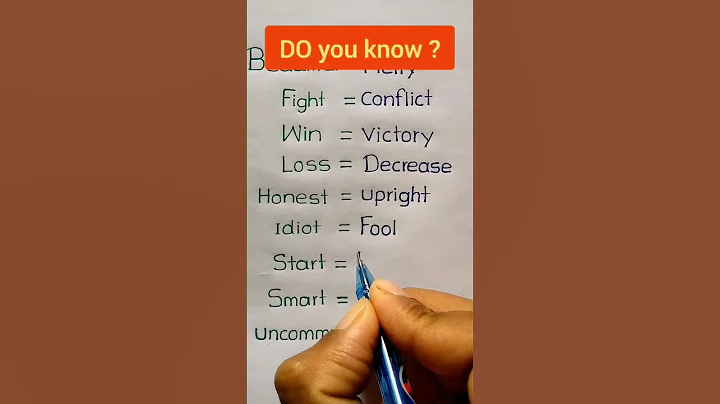Common models:
1. Fall vertically on the inclined surface

Processing method skills: Transfer the inclined surface into the velocity triangle
2. Cut into the inclined surface

Processing method skills: The inclined surface velocity deflection
3. Fall from the inclined surface to the inclined surface

Processing method skills: The inclined surface velocity deflection
Overall, it is the application of velocity deflection and displacement deflection , and then solve it in combination with mathematical geometry knowledge.
Example: As shown in Figure (A), at the top of the inclination surface with an inclination angle of θ, a small ball is thrown at the initial velocity v₀ level. The ball falls to the P point on the inclination surface regardless of the air resistance
(1) Find the time t of the ball thrown from point O to falling to point P;
(2) Find the instantaneous power of gravity when the ball falls to point P;
(3) As shown in Figure (B) ) shows that the vertical height of a stair step is 0.15m and the horizontal width is 0.30m. If a small ball flies out horizontally from the platform of the stair at a speed of v=2m/s, find the position where the small ball reaches the step for the first time. (g=10m/s², the staircase is long enough)


Example: As shown in the figure,



 html The lower ends of the two inclined surfaces with inclinations of 30° and 60° respectively are close together and fixed on the horizontal surface. The two small balls a and b are flatly thrown from point A on the left inclined surface at different initial velocities to the right, with the same drop height. A falls on the left inclined surface, and b hits the right inclined surface vertically, ignoring the air resistance. Then (B) the ratio of the initial velocity of flat-swing of
html The lower ends of the two inclined surfaces with inclinations of 30° and 60° respectively are close together and fixed on the horizontal surface. The two small balls a and b are flatly thrown from point A on the left inclined surface at different initial velocities to the right, with the same drop height. A falls on the left inclined surface, and b hits the right inclined surface vertically, ignoring the air resistance. Then (B) the ratio of the initial velocity of flat-swing of A.a and b is 1: √3
B.a, b The ratio of the horizontal displacement of the moving is 1:2
C. If the initial velocity of the ball a is increased, the angle between the velocity direction and the left incline when the ball a falls to the left incline when it falls to the left incline when it falls to the left incline when it falls to the left incline when it falls to the left incline when it falls to the left incline. 0 Example: ski jump is one of the important events of the Winter Olympics . As shown in the figure, in a certain competition, an athlete with mass m (including snowboards) flew horizontally from the top of the jump at speed v₀, and after a period of time, landed on the inclined track. The inclination angle of the track is θ, the gravity acceleration is g, and the air resistance is negligible. The athlete (including snowboards) is regarded as particle . The following statement of athletes during air movement is correct (BC)

A. The amount of momentum change is 2mv₀/gtanθ
B. The time spent at the farthest distance from the track is v₀tanθ/g
C. The speed of the farthest distance from the track is v₀/cosθ
D. The vertical displacement at the farthest distance from the track is 1/3 of the total vertical displacement











